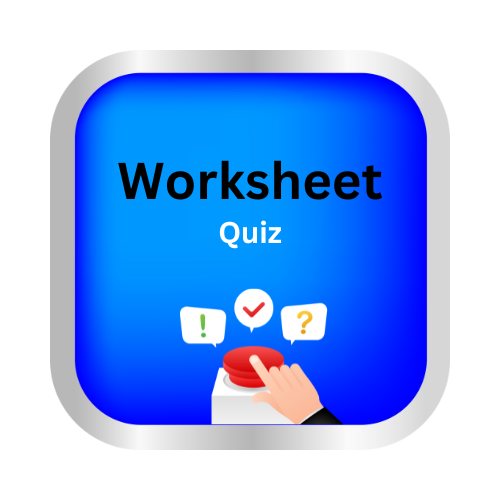Identify the subject of a sentence
key notes:
| What is a Subject? |
The subject is who or what the sentence is about. 🧑🐶🍎
Example:
- The dog 🐶 runs fast. → Who runs fast? The dog! → Subject = The dog
| How to Find the Subject: |
- Ask yourself: “Who or what is doing something?” 🤔
- Look at the verb (the action) and see who is doing it.
- That is your subject! ✅
Example:
- Mom 👩 cooks dinner. → Who cooks? Mom → Subject = Mom
- The apple 🍎 is red. → What is red? Apple → Subject = Apple
| Subjects Can Be: |
- A person 👩👨
- An animal 🐶🐱
- A thing 🍎🚗📚
- A group of people or things 👨👩👧👦🏫
Example:
- The children 👧👦 play in the park. → Subject = The children
| Fun Tip! |
- 🔹 Circle the subject in blue ✏️
- 🔹 Underline the verb in red ✏️
- This makes it easy to spot the subject! 🌈
| Practice Sentences 📝 |
- The cat 🐱 sleeps on the sofa.
- Dad 👨 drives to work.
- The flowers 🌸 smell nice.
- I 👦 like ice cream.
- The birds 🐦 sing in the morning.
Circle the subject in each sentence! ✅
| 🎨 Images Ideas for Class Use: |
- A cartoon dog running with “Who is running?” above it.
- A mom cooking in the kitchen.
- A tree with apples, showing “What is red?”
- Kids playing in a park with “Who is playing?”
Let’s practice! ✍️

